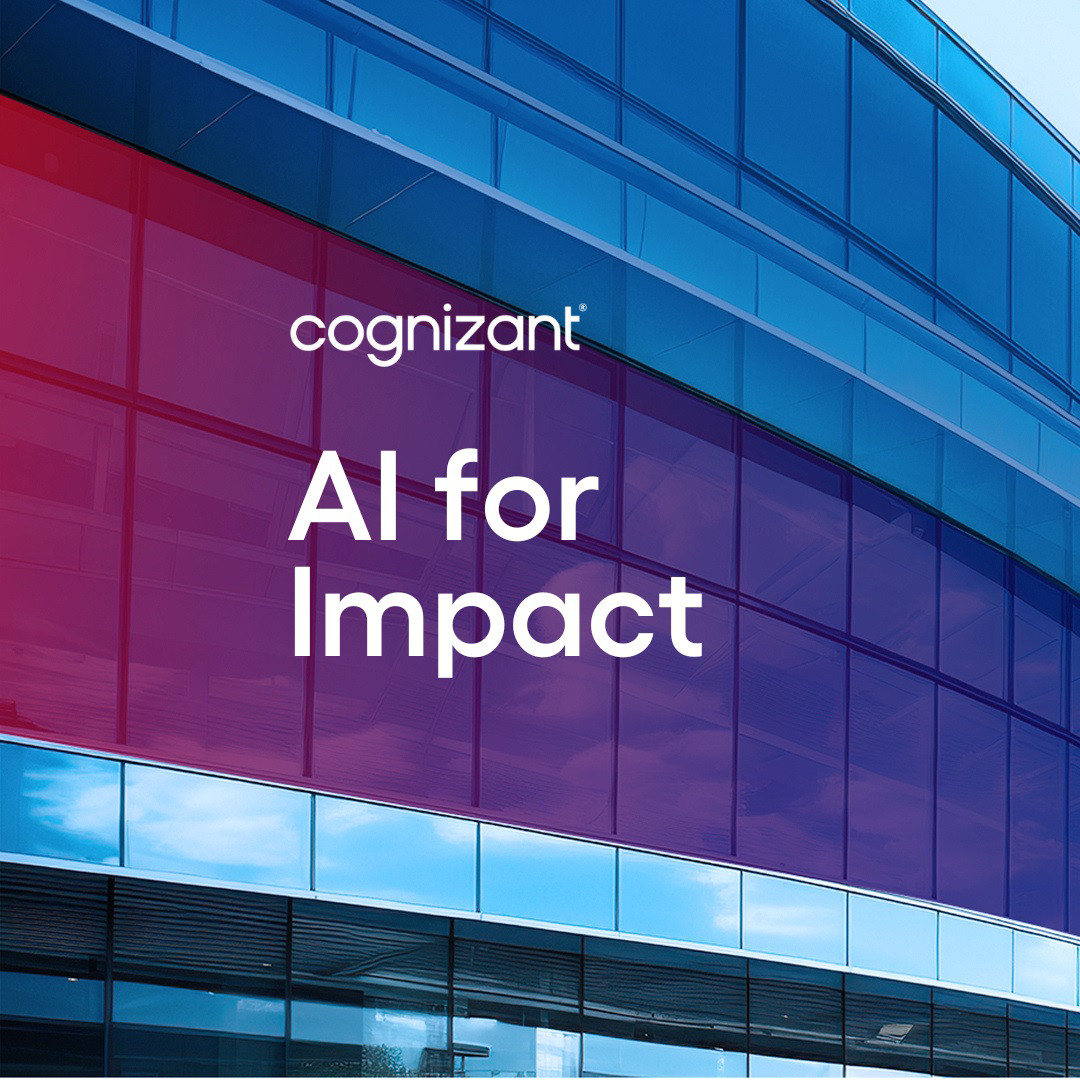Maximizing human potential through innovation with our AI lab
Created to pioneer scientific innovation, bridge the gap to commercial applications and deliver real-world impact through multi-agent AI, our AI lab is shaping the future of strategic decisions.

Shift to AI-first operations with vibe coding at scale
We set a GUINNESS WORLD RECORDS title with the largest global generative AI hackathon including coders and non-coders. Now, our proven vibe coding playbook helps you transform into an AI-first enterprise.

Cognizant AI implementation platforms
We help you achieve faster time-to-value with lower risk, solving the last-mile challenge of scaling AI across the enterprise.

Speed AI model development at enterprise scale
See how Cognizant® AI Training Data Services can help you build, fine-tune, validate and deploy AI models faster and better.


Cognizant Sweden
See how Cognizant engineers your modern business.
Get answers to your questions
Our clients turn to us to help them reimagine ways of working with technology.
This site is protected by reCAPTCHA and the Google Privacy Policy and Terms of Service apply.
Thank you for your interest in Cognizant.
We"ll be in touch soon
We are sorry. Unable to submit your request.
Please try again or post your inquiry to inquiry@cognizant.com.
DEPTH OF EXPERTISE
Services
Artificial Intelligence
Integrate the enterprise and accelerate value through advanced data management strategies and solutions.
Digital Experience and CRM
Great experiences are determined by the sum of all interactions that customers and employees have with a brand over time. Cognizant Digital Experience ultimately connects people with extraordinary experiences. We unlock these experiences with a range of offerings.
Get answers to your questions
Our clients turn to us to help them reimagine ways of working with technology.
This site is protected by reCAPTCHA and the Google Privacy Policy and Terms of Service apply.
Thank you for your interest in Cognizant.
We"ll be in touch soon
We are sorry. Unable to submit your request.
Please try again or post your inquiry to inquiry@cognizant.com.




















